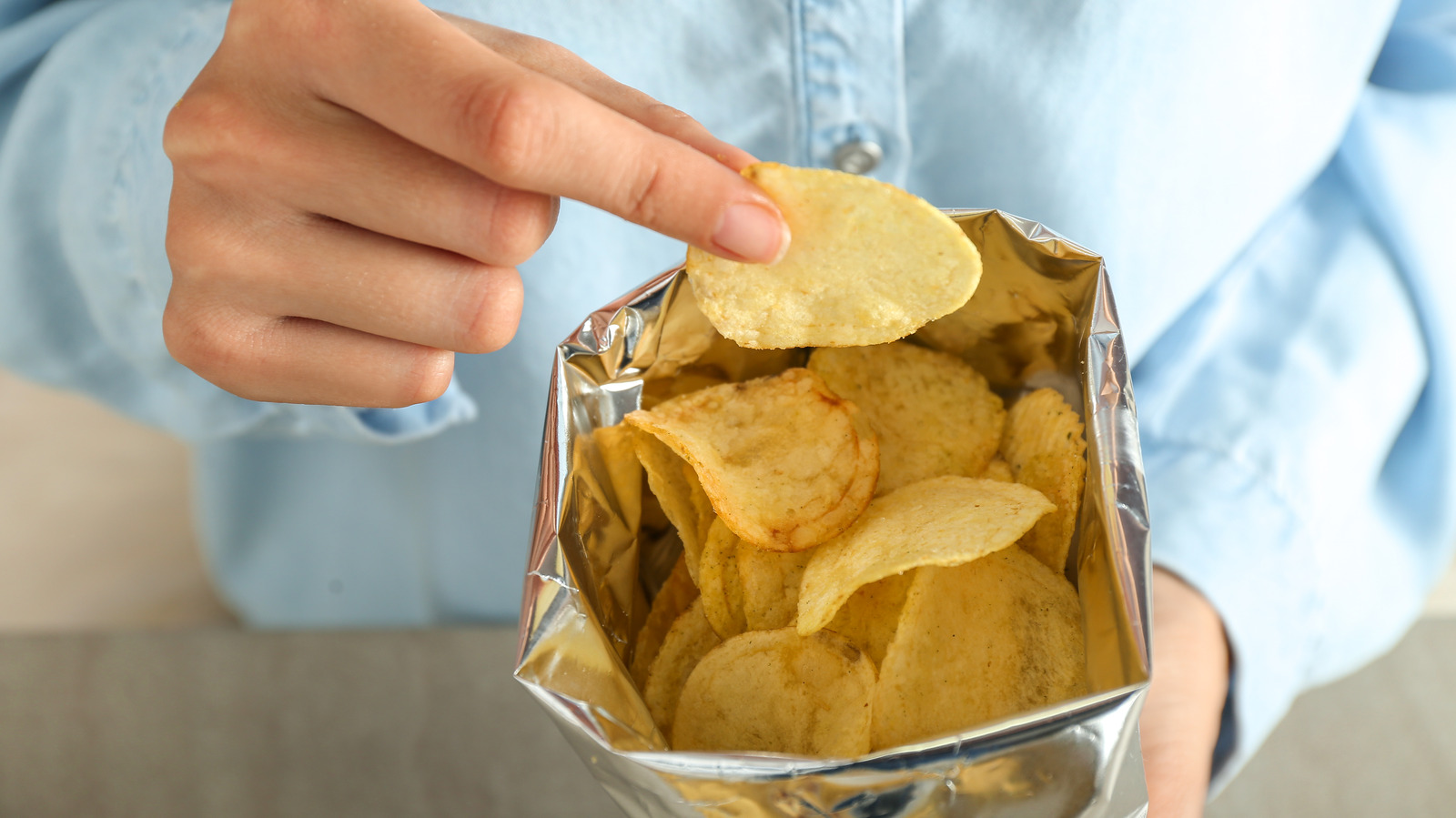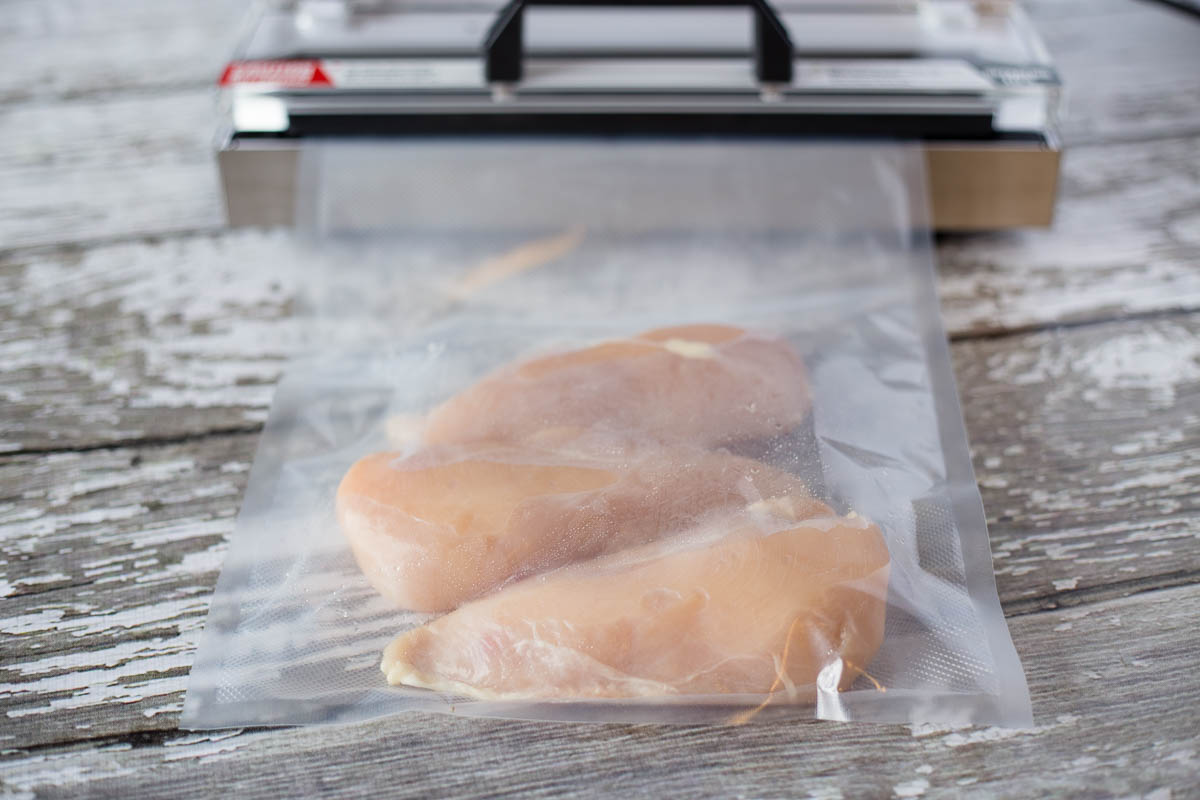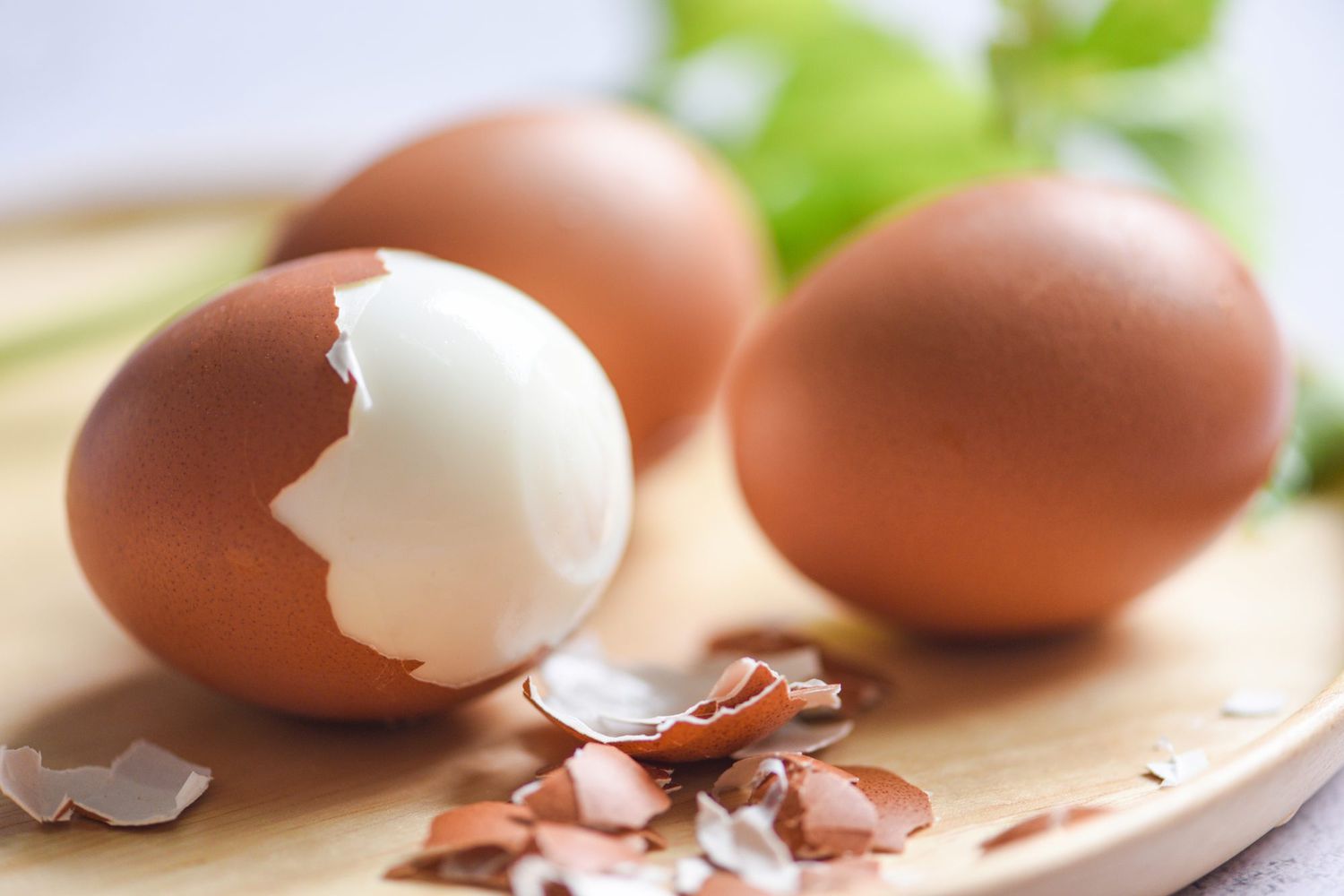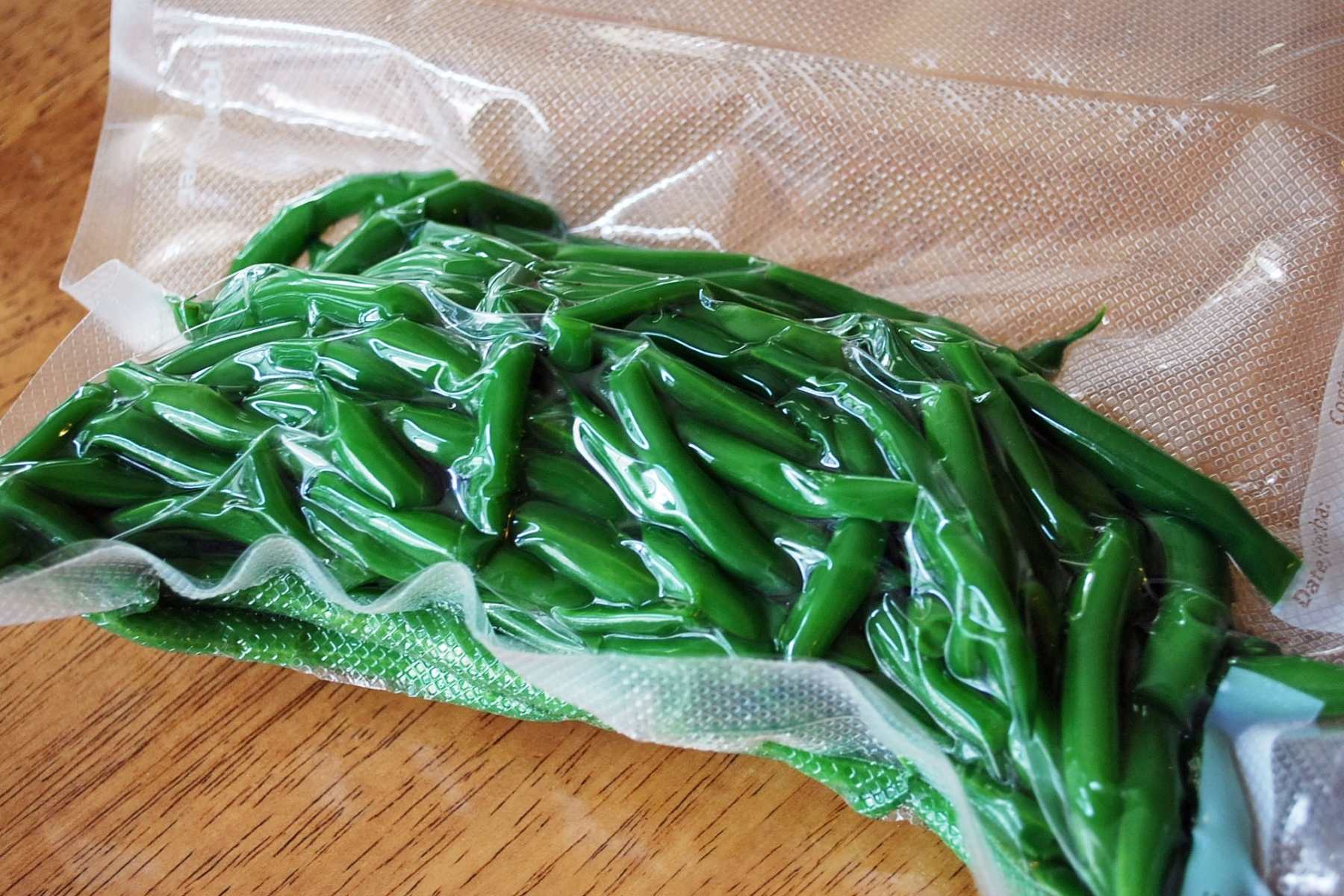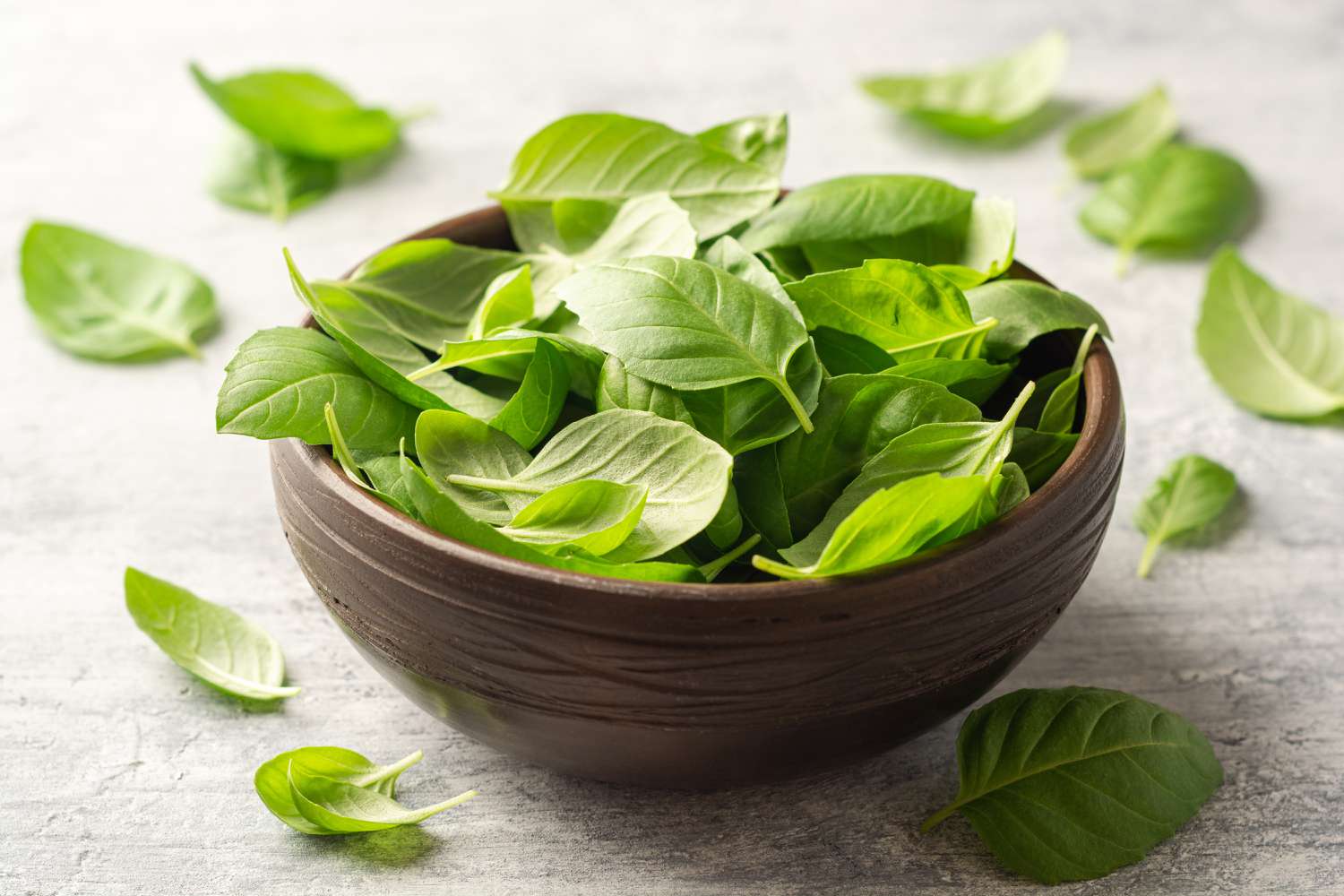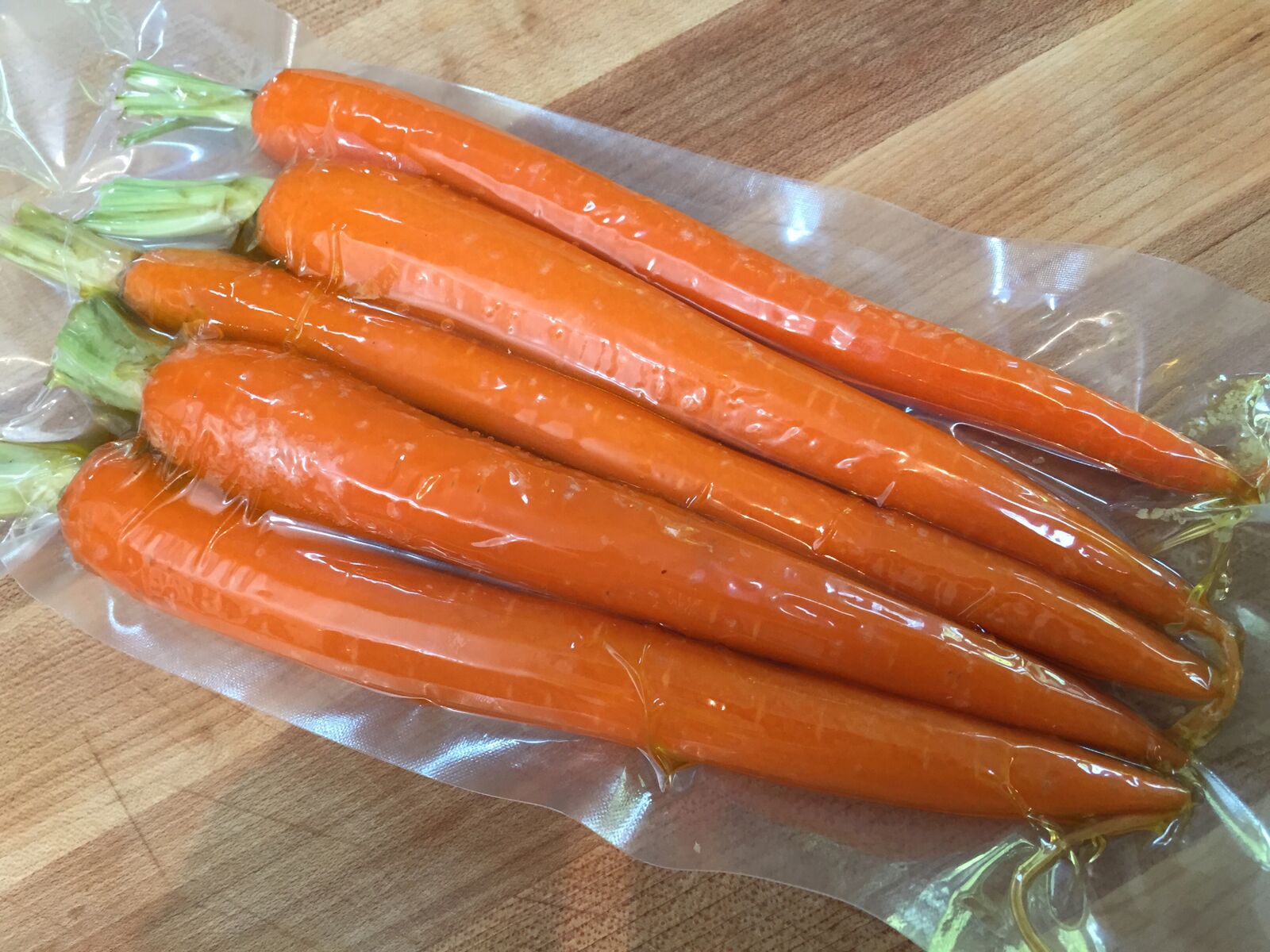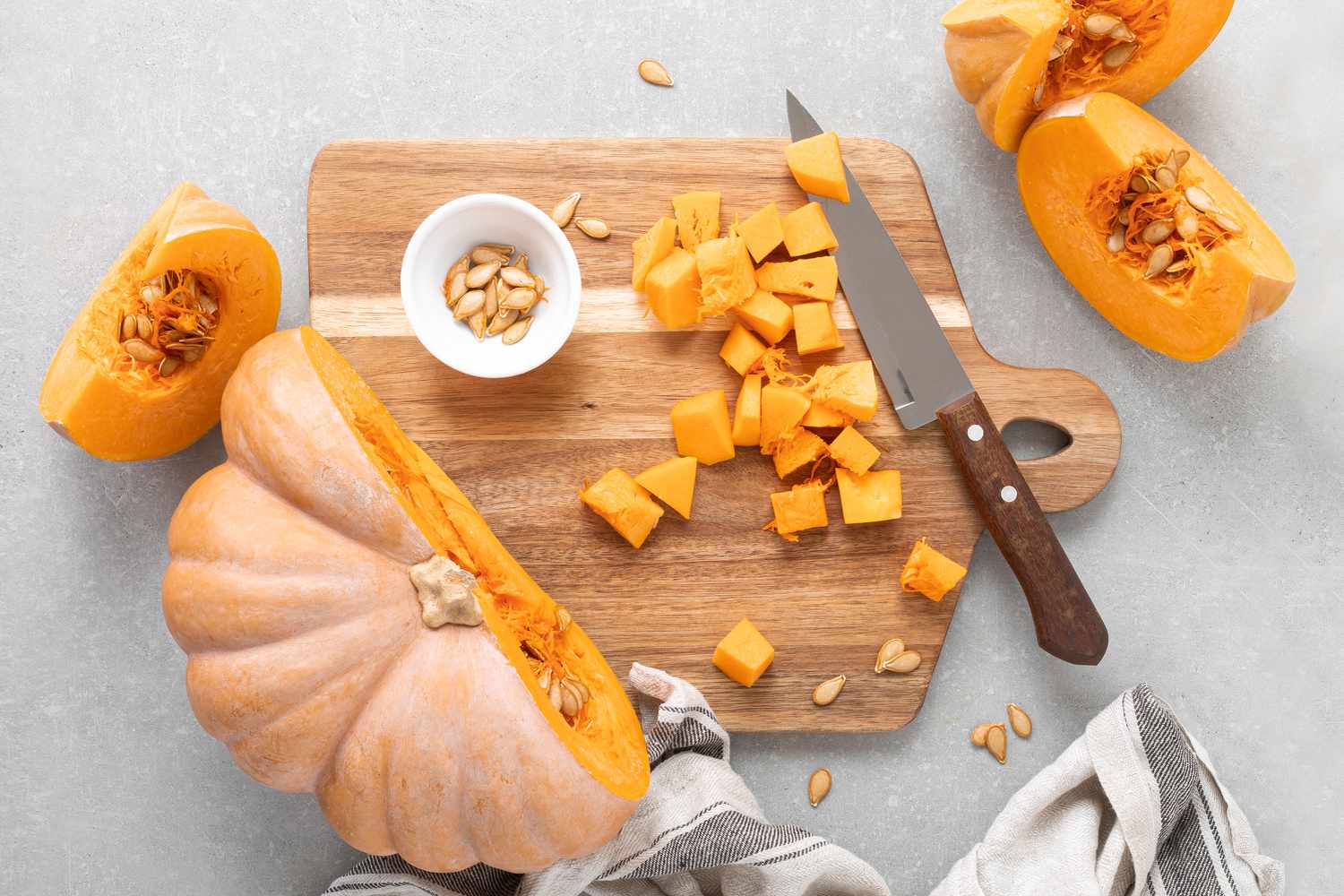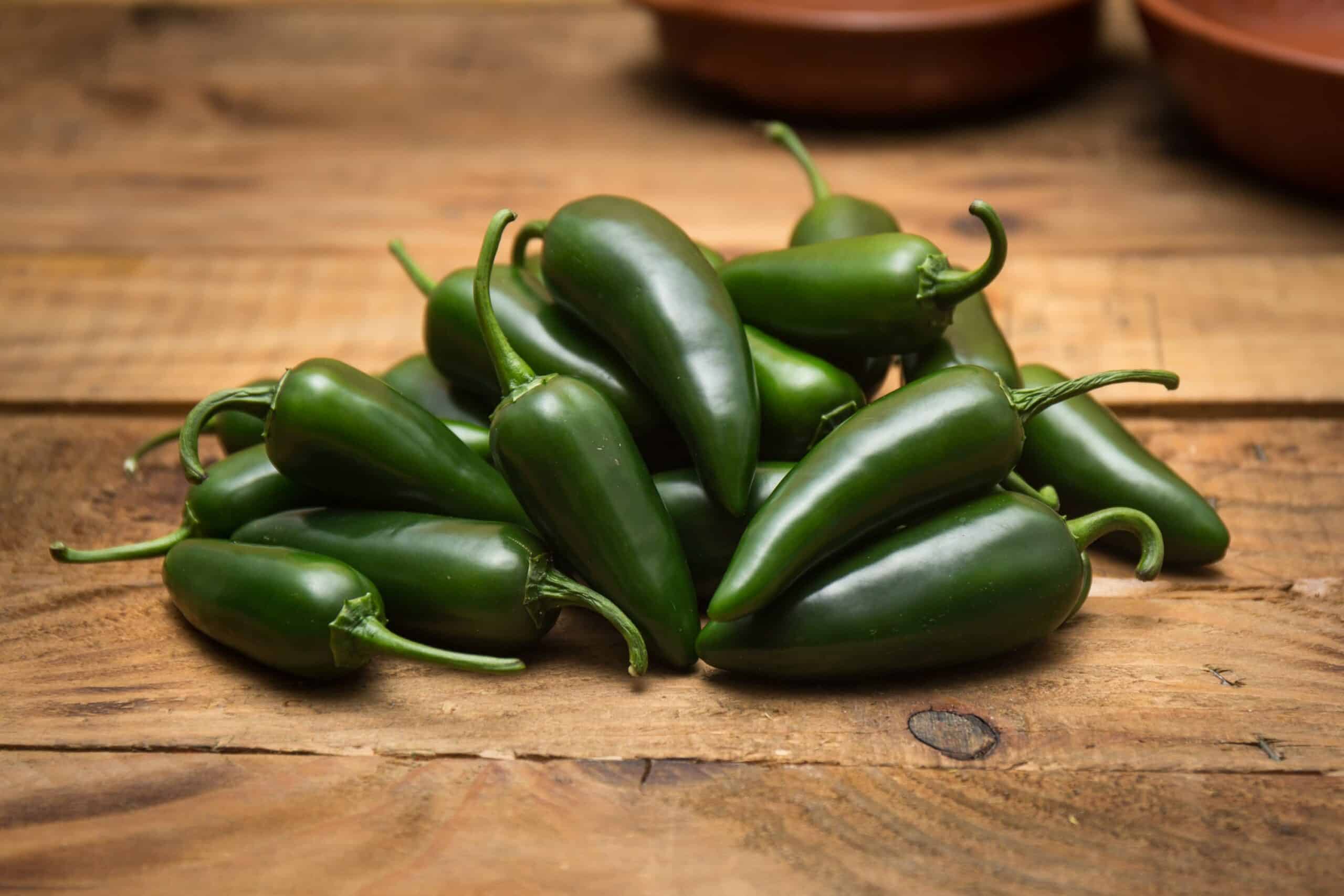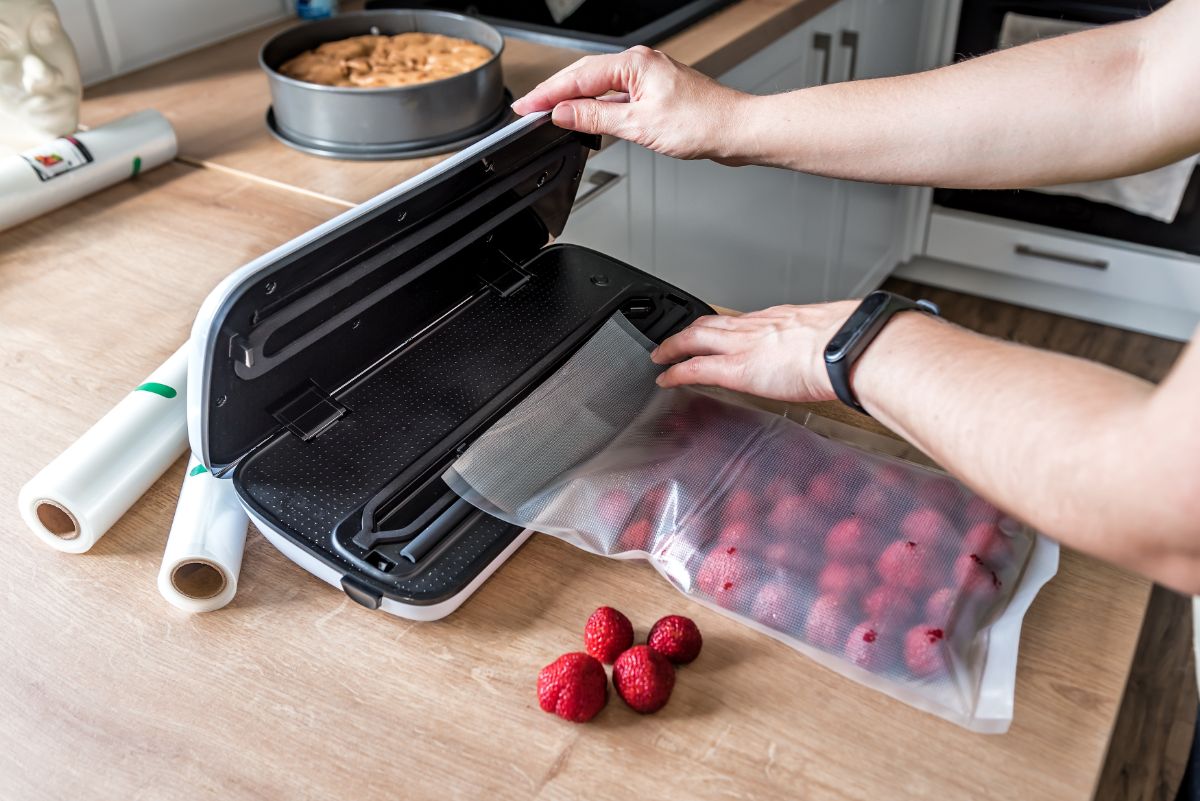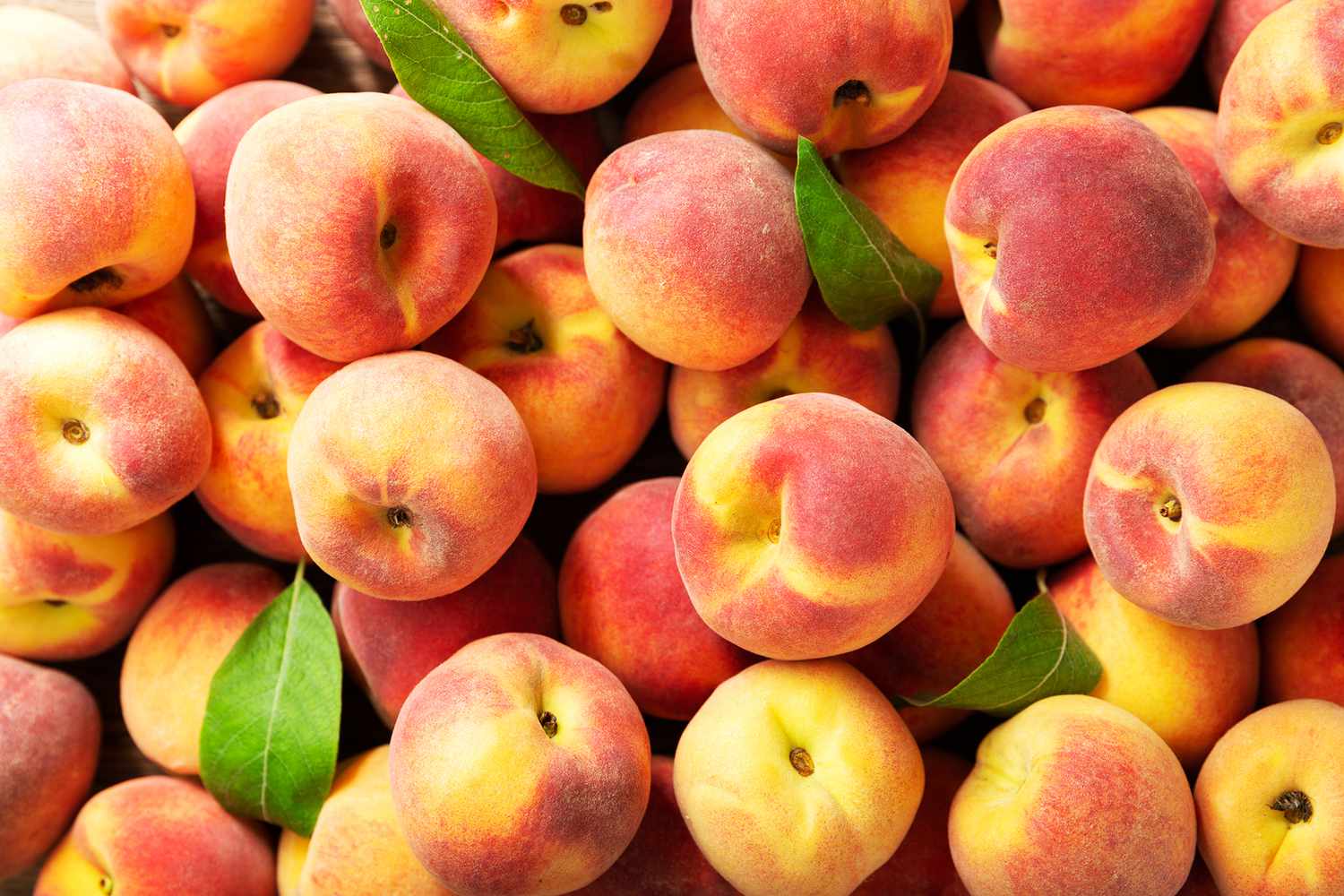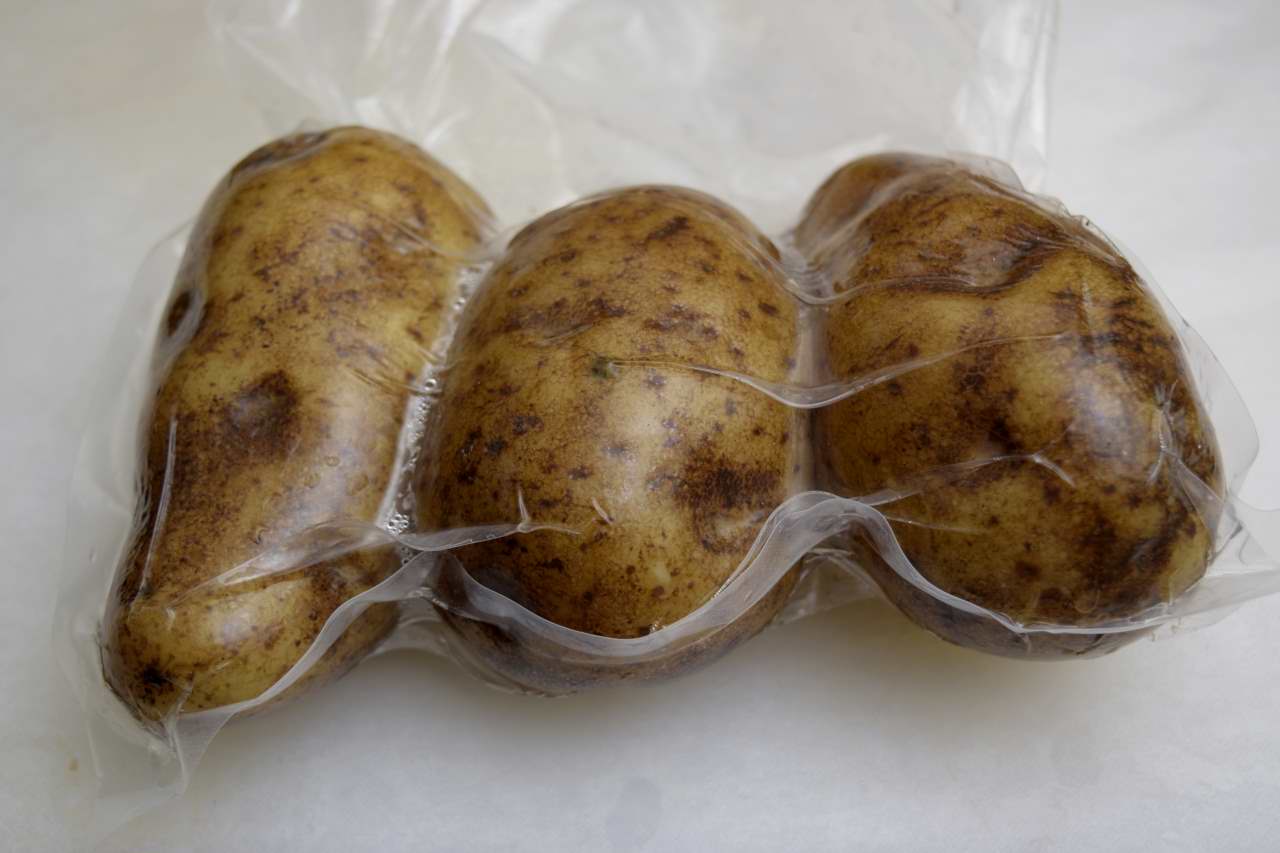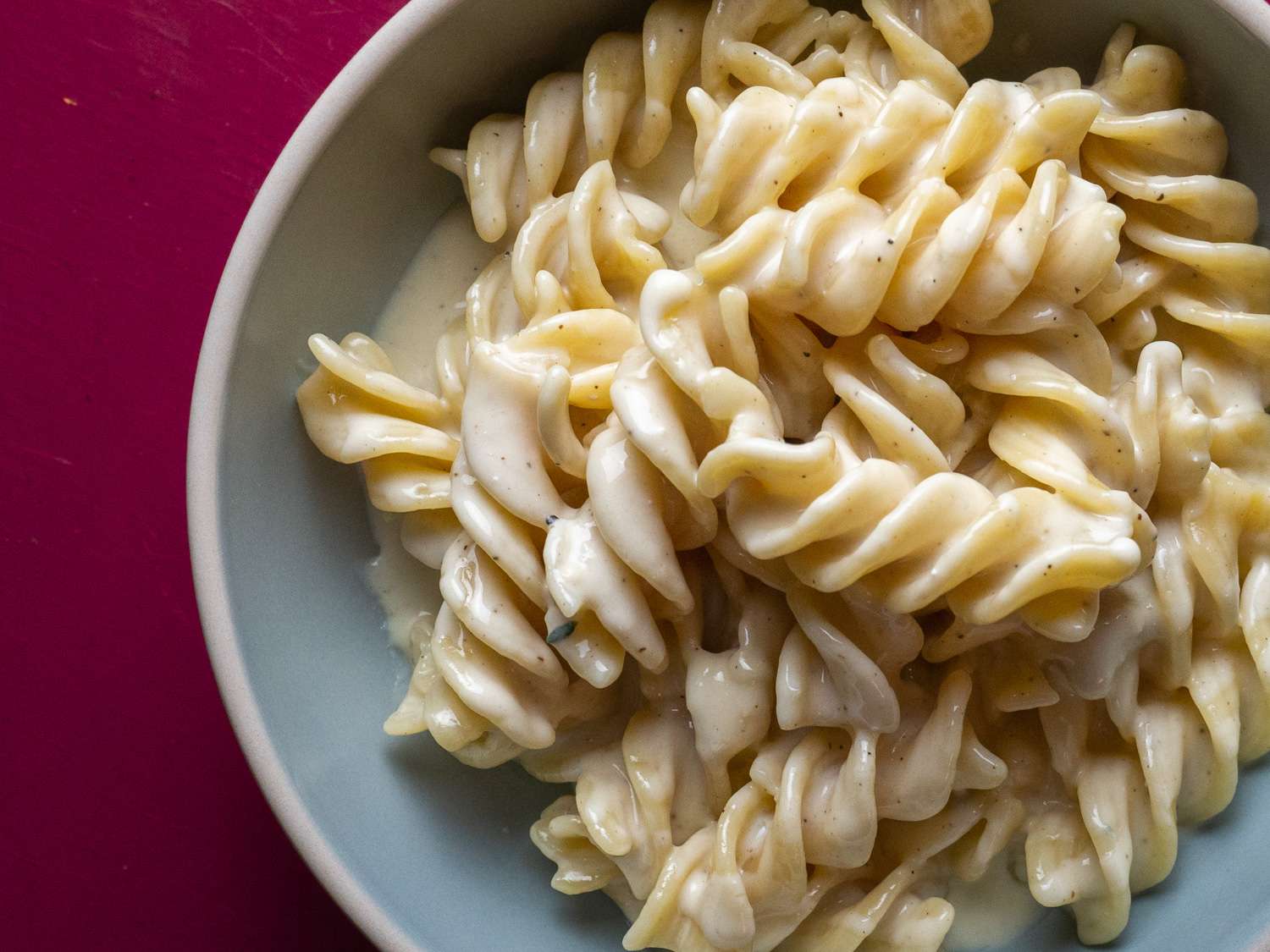Preserving Apples for Later Use
Apples are a delicious and versatile fruit that can be enjoyed in a variety of ways. Whether you have an abundance of apples from your own tree or you’ve picked up a surplus from the farmers’ market, you may be wondering how to preserve them for later use. One effective method for preserving apples is by vacuum sealing them. Vacuum sealing not only helps to extend the shelf life of apples but also helps to retain their flavor and freshness.
Why Vacuum Seal Apples?
Vacuum sealing is a popular food preservation technique that involves removing air from a package before it is sealed. By removing the air, the growth of mold, bacteria, and yeast is inhibited, which helps to keep the apples fresh for a longer period of time. Vacuum sealing also prevents oxidation, which can cause fruits to turn brown and lose their flavor.
Steps to Vacuum Seal Apples
Follow these simple steps to vacuum seal apples for later use:
- Select Fresh Apples: Choose firm, ripe apples that are free from bruises or blemishes. Wash the apples thoroughly to remove any dirt or residue.
- Prepare the Apples: Core and slice the apples as desired. You can leave the skin on or peel it off, depending on your preference.
- Pre-Treat the Apples (Optional): To prevent browning, you can pre-treat the apples by dipping them in a solution of water and lemon juice or using a commercial fruit preservative.
- Use a Vacuum Sealer: Place the prepared apples into a vacuum sealer bag, leaving some space at the top for sealing. If you’re using a vacuum sealer machine, follow the manufacturer’s instructions for sealing fruits.
- Remove Air and Seal: Once the apples are in the bag, use the vacuum sealer to remove the air from the bag and create a tight seal. Make sure the seal is secure to prevent air from re-entering the bag.
- Label and Store: Label the sealed bags with the date and type of apples. Store the vacuum-sealed apples in the refrigerator or freezer for optimal freshness.
Tips for Vacuum Sealing Apples
Here are some additional tips to keep in mind when vacuum sealing apples:
- Choose the Right Apples: Some apple varieties are better suited for long-term storage than others. Varieties such as Granny Smith, Honeycrisp, and Gala are known for their longevity.
- Adjust the Vacuum Sealer: If your vacuum sealer has adjustable settings, you can customize the sealing process based on the type and ripeness of the apples.
- Consider Freezing: While vacuum sealing can extend the shelf life of apples, freezing them can further prolong their freshness. If you plan to store apples for an extended period, consider freezing them after vacuum sealing.
- Monitor for Spoilage: Even with vacuum sealing, it’s important to check the sealed apples periodically for any signs of spoilage. If you notice any mold or off-putting odors, discard the apples immediately.
Enjoying Vacuum-Sealed Apples
Once you’ve vacuum sealed your apples, you can enjoy them in a variety of ways. Whether you use them for snacking, baking, or making homemade applesauce, you’ll appreciate the convenience of having fresh, preserved apples on hand. By following these simple steps for vacuum sealing apples, you can savor the flavors of your favorite apple varieties throughout the year.
Preserving apples through vacuum sealing is a practical way to reduce food waste and ensure that you always have a supply of fresh fruit available. With the right techniques and storage methods, you can enjoy the taste of crisp, flavorful apples long after they’ve been harvested.
More Delicious Ways to Use Your Vacuum Sealed Apples
Now that you've mastered the art of vacuum sealing apples, the culinary possibilities are endless. Dive into recipes that bring out the best in your preserved apples. Try the Classic_Apple_Pie for a traditional treat, or start your morning with a hearty bowl of Apple_Cinnamon_Oatmeal. For a twist on classic desserts, the Apple_Turnovers and Apple_Fritters are must-tries. If you're looking for something savory, the Apple_and_Pork_Stew offers a delightful combination of flavors. Each recipe is designed to utilize your vacuum-sealed apples efficiently, ensuring that you enjoy fresh apple flavors any time of the year.
Was this page helpful?
Read Next: How To Vacuum Seal Chili Without Freeze
